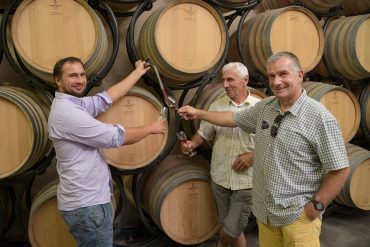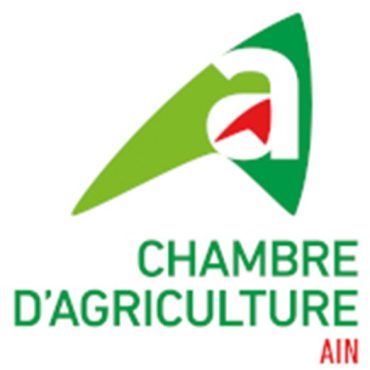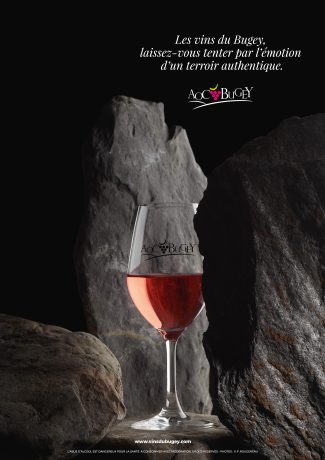Missions
The main mission of the Syndicate of Bugey Wines is to protect the interests of its members. To that end, it is authorised to establish various services and activities that can facilitate the professional activities of its members and ensure that production remains in line with potential consumption. It performs all transactions required from it as a CRD (Representative Rights Capsules) distributor. As an ODG (Organisme de Défense et de Gestion), the Syndicate of Bugey Wines’ responsibilities include establishing regulations for the AOC (Appellation d’Origine Contrôlée), monitoring compliance with these regulations, identifying Bugey operators, and safeguarding, defending, and promoting the AOC.
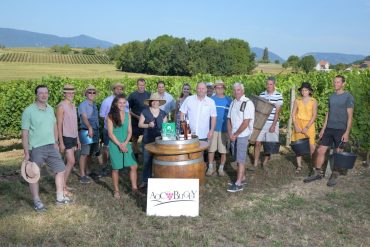
Protecting our appellations and our GI for spirit drinks
Definition of the AOC’s regulations
The Appellation d’origine contrôlée (AOC) designates a product that undergoes all production stages within a specific geographical area (delimited area) following established expertise and resulting in unique product characteristics (terroir). The AOC designates products that meet PDO criteria and safeguards the designation throughout France.
Definition of the regulations for GI Spirit Drinks
Marc du Bugey: the grape marc is produced, stored, and distilled in the geographical area. The resulting brandies are then matured in the same geographical area. The “Marc du Bugey” geographical indication (GI) refers to brandies that have been aged for a minimum of three years in wooden barrels.
Fine du Bugey: the grapes are grown, harvested and prepared in the geographical area. The wines are distilled and the brandies undergo an ageing process in the same geographical area. The “Fine du Bugey” geographical indication (GI) refers to brandies that have been aged for a minimum of three years in oak casks.
- Ensure compliance by all operators with the AOC wine specifications through internal verifications (documentary control, training of tasting panels, management of basic wine commissions). The other control points relating to vineyard management and product checks are carried out by an external inspection body.
- Make changes to the specifications to meet operators’ needs and adapt to the present-day context.
- Ensure compliance by all operators with the GI Spirit Drinks specifications through internal verifications (documentary control). External inspections are carried out by an inspection body.
- Monitor the potential risk of fraud and unauthorised use of our appellations.
- Ensure that our plots of land remain classified as AOC geographical areas.
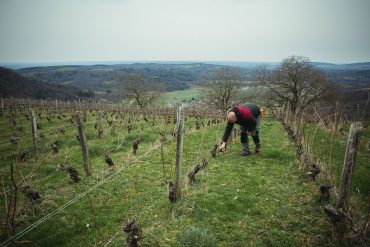
Managing our appellations and supporting our winegrowers
- Do our utmost to ensure that the volume and quality of our appellations continue to grow.
- Provide support for sellers and newcomers.
- Establish a field observation system throughout the growing season with regular information dispatches sent to operators and the setting up of a maturity monitoring system at the end of August.
- Define production conditions for the upcoming harvest.
- Assist operators in obtaining environmental certifications.
- Work with other AURA vineyards to monitor regional wine-making techniques (BSV), setting up of technical exchange and demonstration days, and more.
- Send newsletters to inform our members of industry developments, new measures, regulations, and more.
- Combat the flavescence dorée disease and establish a long-term vineyard monitoring program to safeguard the production plots from infection.
- Distribute “duty-paid” caps (Representative Rights Capsules).
- Work closely with partner organisations such as INAO, the Ain Chamber of Agriculture, the Comité Vins Auvergne Rhône-Alpes, the viticulture department, Dreets, MSA, Qualisud, FDSEA, CNAOC through the Fédération des Vins Bugey Savoie Dauphiné, as well as young farmers, etc.
- Management of the Syndicate of Bugey Wines and statistics on production.
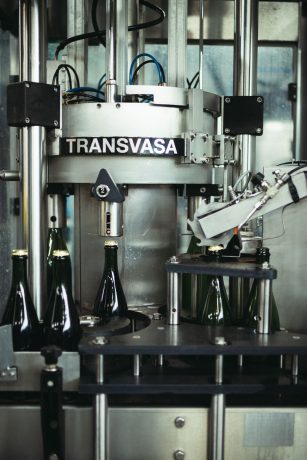
Promoting our appellations and GI spirit drinks and developing our reputation to raise our profile
- Ensure advertising and promotion of the appellations (online magazines, social media, press relations, etc.).
- Ensure the promotion of Bugey wines through collective events and communication tools.
- Promote the destination and wine tourism offering through the Vignobles & Découvertes label (Fascinant Week-end Vignobles & Découvertes).
- Participation and representative for Saveurs de l’Ain activities.
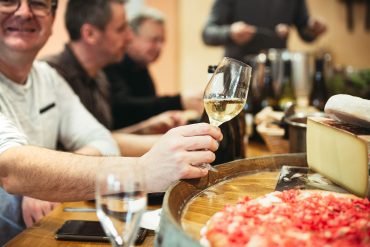
Syndicate of Bugey Wines
History
In the 1870s, the Bugey AOC appellation gained popularity with a cultivated area of 7,000 hectares which was sadly destroyed by phylloxera. However, thanks to the efforts of Brillat-Savarin, the Syndicate of Bugey Wines was created and played a crucial role in defending the appellation.
The creation of the Syndicate of Bugey Wines on 4 April 1955 was followed by the acceptance of Bugey’s classification by the Fédération des Vins Délimités de Qualité Supérieure (FVDQS) three months later. This recognition brought a great sense of hope to the region.
In July 1958, the first classification was officially released, leading to an increase in the number of farmers specialising in vines.
By 1963, a total of 58 municipalities had joined the prestigious wine-growing appellation, and this number grew to 65 just two years later, a sign of the great enthusiasm in the region for this sector.
The Syndicate of Bugey Wines took up the challenge to obtain an AOC, urging its members to make a commitment and invest in this ambition by building new vats, storage facilities, and more modern wine-making tools. At the same time, efforts were made to improve grape varieties in order to remove hybrids and reach a clearer definition of the vineyard. In 1972, the Syndicate failed in its attempt to obtain an AOC, but it submitted a new application to the committee of experts in 1987, and the commission of experts paid a visit to Bugey in 1994 to evaluate the region’s strengths.
However, the INAO, which is responsible for ensuring the origin and quality of wines, hesitated because of the diversity of vine varieties and wines in the region. Nevertheless, wine production in Bugey increased steadily, with five-fold growth in just 25 years. Following yet another inspection by the commission in 2008, the INAO finally approved the Bugey AOC on 28 May 2009. At the same time, the Syndicate of Bugey Wines was recognised as an official “Organisme de Défense et de Gestion”.
The Board of Directors, consisting of 29 elected members serving a 3-year term (renewable by one third each year) guides the strategies and policies of the “Organisme de Défense et de Gestion” (ODG) for which it defines objectives in the frame of the syndicate’s missions. The Committee, the ODG’s decision-making body is made up of 15 members elected annually by the Board of Directors.
Its composition
The Syndicate of Bugey Wines is composed of full members (individuals or legal entities that submit an annual harvest declaration for one or more AOCs or that are involved in distillation, production, or maturing activities for one or more GIs) and associate members (individuals or legal entities engaged in activities relating to wine-making, production, or maturing of one or more AOCs).

